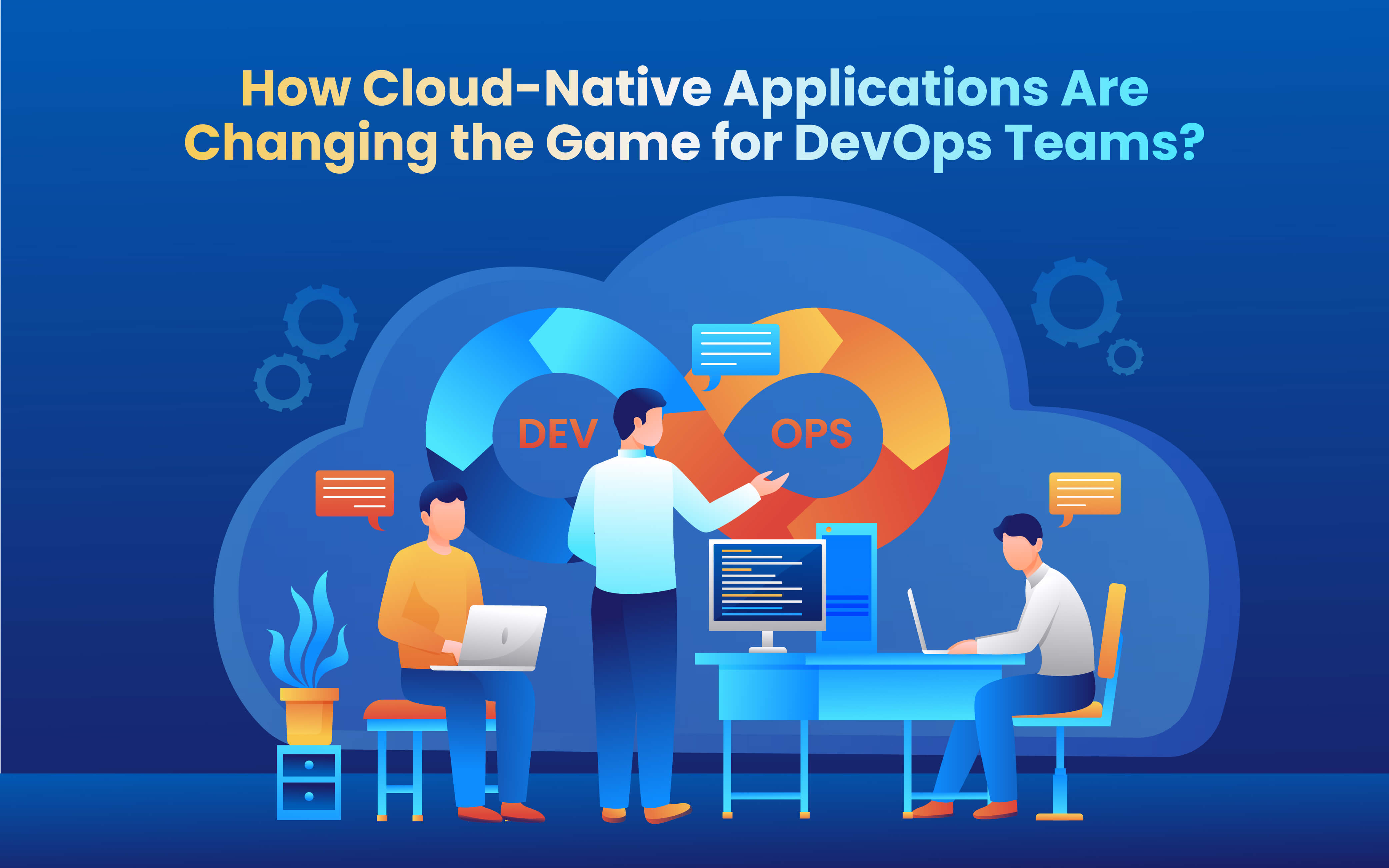Blogs
To know about all things Digitisation and Innovation read our blogs here.
API
Personalized Banking APIs: A Solution for Financial Inclusion
SID Global Solutions
24 April 2023

Introduction:
The global financial industry has been rapidly transforming over the past few years, thanks to the advancements in technology. The emergence of digital banking has revolutionized the traditional banking system by providing customers with more efficient, personalized, and secure financial services. However, despite the rapid advancements, there are still many individuals who do not have access to basic financial services, especially in developing countries. According to the World Bank, over 1.7 billion people in the world do not have a bank account, and only 41% of adults in developing countries have an account at a formal financial institution.
In this context, personalized banking APIs have emerged as a solution for financial inclusion. Personalized banking APIs allow financial institutions to provide customized financial services to underserved populations, thereby promoting financial inclusion. In this article, we will explore the concept of personalized banking APIs, their benefits, and how they can be used to promote financial inclusion.
Also Read: Why Agile Isn’t Enough: Exploring Modern Software Development Methodologies
What are Personalized Banking APIs?
APIs (Application Programming Interfaces) are a set of protocols that allow different software applications to communicate with each other. In the context of banking, APIs enable different software applications to share financial data and provide financial services to customers. Personalized banking APIs are APIs that enable financial institutions to provide personalized financial services to their customers.
Personalized banking APIs enable financial institutions to gather customer data and use it to provide customized financial services. For example, a bank can use customer data to offer personalized investment options or provide credit to individuals who might not have access to traditional credit facilities. Personalized banking APIs also allow financial institutions to provide financial services to underserved populations, such as individuals who do not have a bank account or who live in remote areas.
Benefits of Personalized Banking APIs
Financial Inclusion: One of the primary benefits of personalized banking APIs is that they promote financial inclusion. Personalized banking APIs enable financial institutions to provide financial services to underserved populations, such as individuals who do not have a bank account or who live in remote areas. This can help these individuals access basic financial services, such as savings accounts, loans, and insurance.
Customization: Personalized banking APIs enable financial institutions to provide customized financial services to their customers. By gathering customer data, financial institutions can provide personalized investment options or credit facilities that meet the specific needs of their customers.
Improved Customer Experience: Personalized banking APIs also improve the customer experience. By providing personalized financial services, financial institutions can increase customer satisfaction and loyalty. This can lead to increased customer retention and revenue.
Increased Efficiency: Personalized banking APIs also increase efficiency. By automating financial services, financial institutions can reduce manual processes and improve efficiency. This can help financial institutions reduce costs and increase profitability.
Also Read: The API-First Approach: Why it Matters for Modern Software Development
How Personalized Banking APIs Promote Financial Inclusion?
Access to Basic Financial Services: Personalized banking APIs enable financial institutions to provide basic financial services to underserved populations. For example, individuals who do not have a bank account can access basic financial services, such as savings accounts and remittance services, through mobile banking apps that use personalized banking APIs. This can help these individuals access basic financial services and improve their financial well-being.
Credit Facilities: Personalized banking APIs also enable financial institutions to provide credit facilities to underserved populations. By gathering customer data, financial institutions can assess the creditworthiness of individuals who might not have access to traditional credit facilities. This can help these individuals access credit and improve their financial well-being.
Investment Options: Personalized banking APIs also enable financial institutions to provide investment options to underserved populations. By gathering customer data, financial institutions can provide investment options that meet the specific needs and risk tolerance of their customers. This can help individuals who might not have access to traditional investment options to invest and improve their financial well-being.
Remote Access: Personalized banking APIs also enable individuals in remote areas to access financial services. For example, mobile banking apps that use personalized banking APIs can provide financial services to individuals who live in areas without physical bank branches. This can help individuals in remote areas access financial services and improve their financial well-being.
Financial Education: Personalized banking APIs can also be used to provide financial education to underserved populations. By using customer data, financial institutions can identify the financial needs of their customers and provide educational resources that help them manage their finances. This can help individuals improve their financial literacy and make better financial decisions.
Also Read: How Monitoring-as-Code Improves DevOps Collaboration and Communication?
Challenges in Implementing Personalized Banking APIs
While personalized banking APIs have the potential to promote financial inclusion, there are several challenges that need to be addressed to ensure their effective implementation.
Data Privacy and Security: Personalized banking APIs rely on customer data to provide customized financial services. Therefore, it is important to ensure that customer data is protected and secure. Financial institutions need to implement robust data privacy and security policies to protect customer data from unauthorized access and misuse.
Technical Infrastructure: To implement personalized banking APIs, financial institutions need to have the technical infrastructure to support them. This includes the necessary hardware and software to gather and process customer data, as well as the APIs to enable communication between different software applications.
Regulatory Environment: The regulatory environment can also pose a challenge to the implementation of personalized banking APIs. Financial institutions need to comply with regulatory requirements, such as data privacy and security regulations, while implementing personalized banking APIs. Failure to comply with regulatory requirements can lead to legal and financial consequences.
Conclusion:
Personalized banking APIs have emerged as a solution for financial inclusion. By providing customized financial services, financial institutions can promote financial inclusion and provide underserved populations with access to basic financial services. However, the effective implementation of personalized banking APIs requires addressing several challenges, such as data privacy and security, technical infrastructure, and regulatory compliance. Financial institutions that successfully implement personalized banking APIs can improve customer experience, increase efficiency, and promote financial inclusion.
Also Read: API Economy Trends to Watch in 2023 and Beyond
SID Global Solutions is a leading provider of end-to-end digital solutions for the banking and finance industry. With its expertise in developing personalized banking APIs, we helping financial institutions to transform their operations and deliver customized financial services to their customers. Our cutting-edge solutions are designed to improve efficiency, reduce costs, and enhance customer experience. With a team of highly skilled professionals and a customer-centric approach, we at SID Global Solutions making the banking domain operations easy by providing personalized banking APIs that meet the evolving needs of the industry and help financial institutions to stay ahead of the competition.









